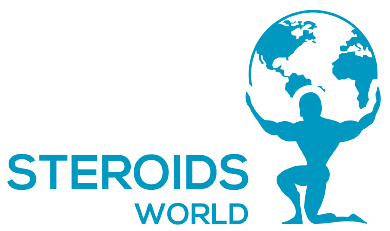Proviron for Gynecomastia
Low sperm count in males can occasionally result in gynecomastia, or the growth of bigger breasts.
Testosterone is a hormone that occurs naturally in the body. It is in charge of masculine physical characteristics as well as a man’s sex desire and mood. Gynecomastia can develop when the body’s hormones, particularly testosterone, are out of balance in males.
Prolactin levels in males often decline as they age. This is referred to as hypogonadism, or “low T.” According to the Urology Care Foundation, one out of every four men over the age of 45 has low T. Low sperm count can cause a number of problems, including:
lowered libido
sperm quality is low
erection problems (ED)
gynecomastia (expanded masculine breasts)
Recognizing gynecomastia
The male body generates both male and oestrogen, however oestrogen levels are typically low. Larger breasts may develop if a man’s testosterone levels are particularly low in contrast to oestrogen, or if oestrogen activity is excessive in comparison to testosterone.
Gynecomastia may develop in males as they reach puberty and there is a significant shift in hormonal activity in the body. It may, however, resolve itself over time and without therapy. Breast tissue excess may be identical in the both bras or greater in one breast than the other.


















